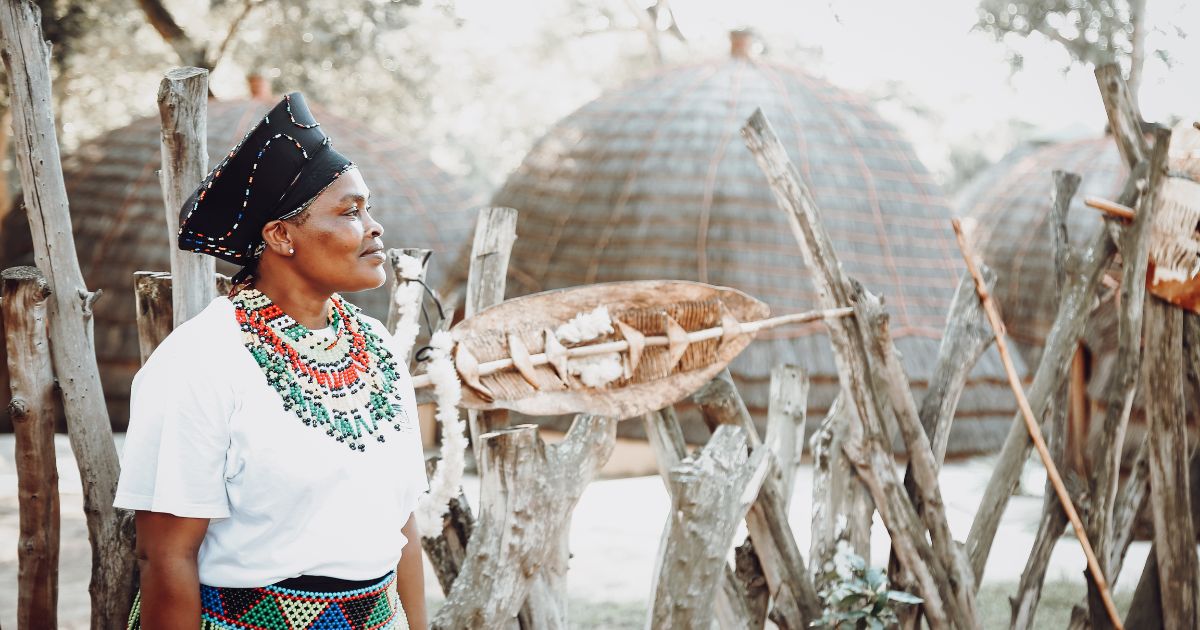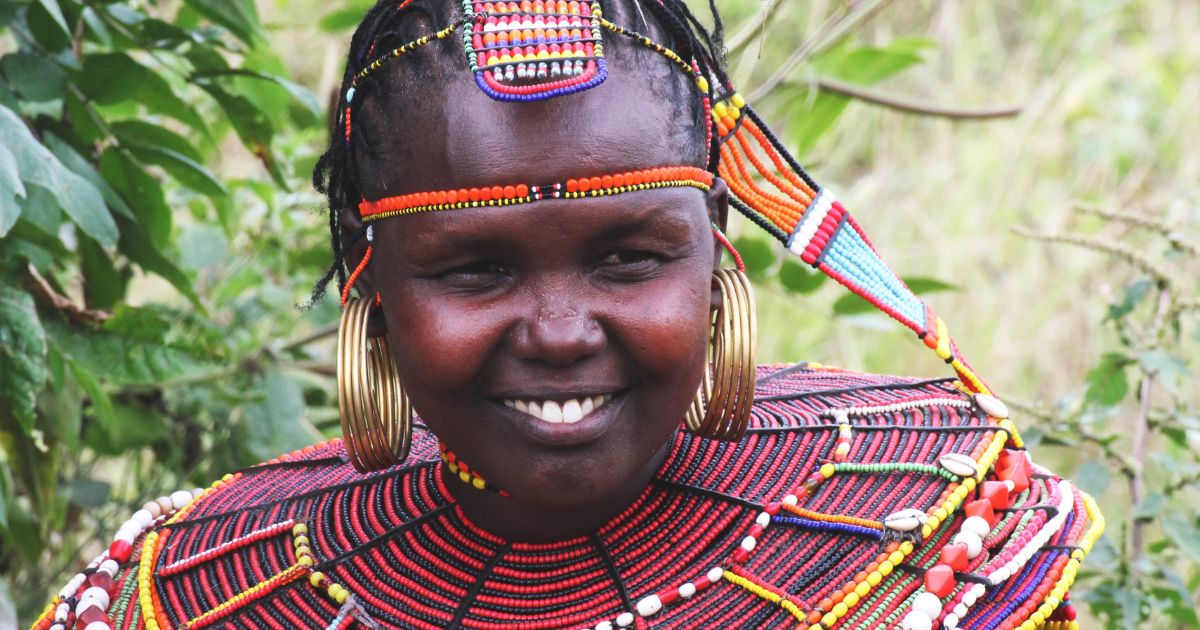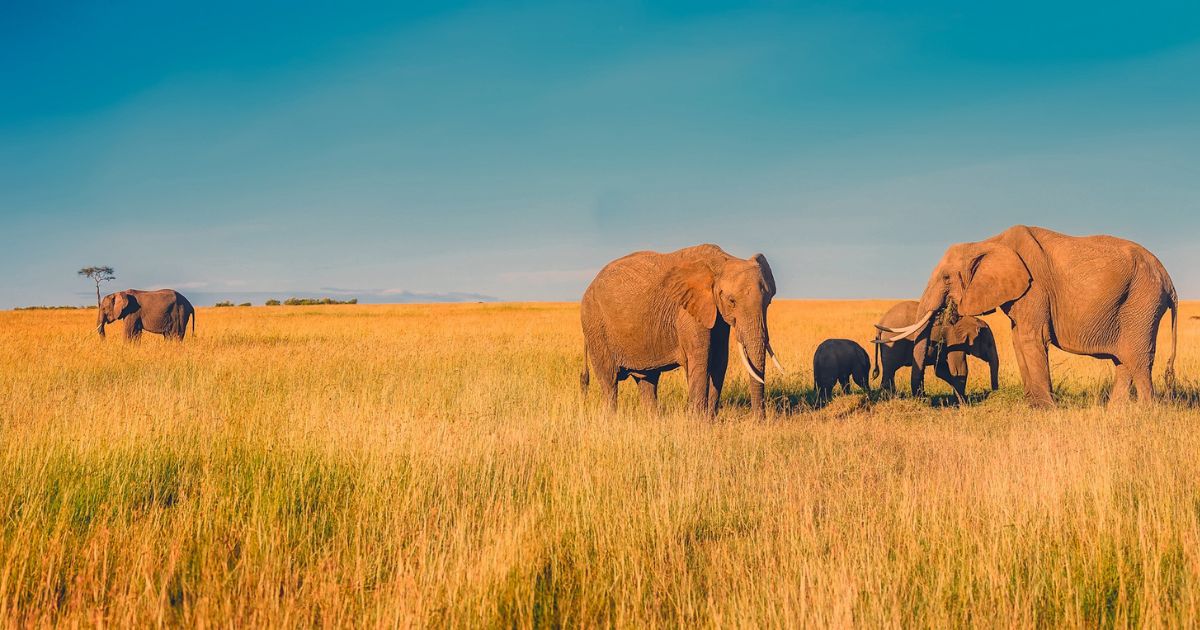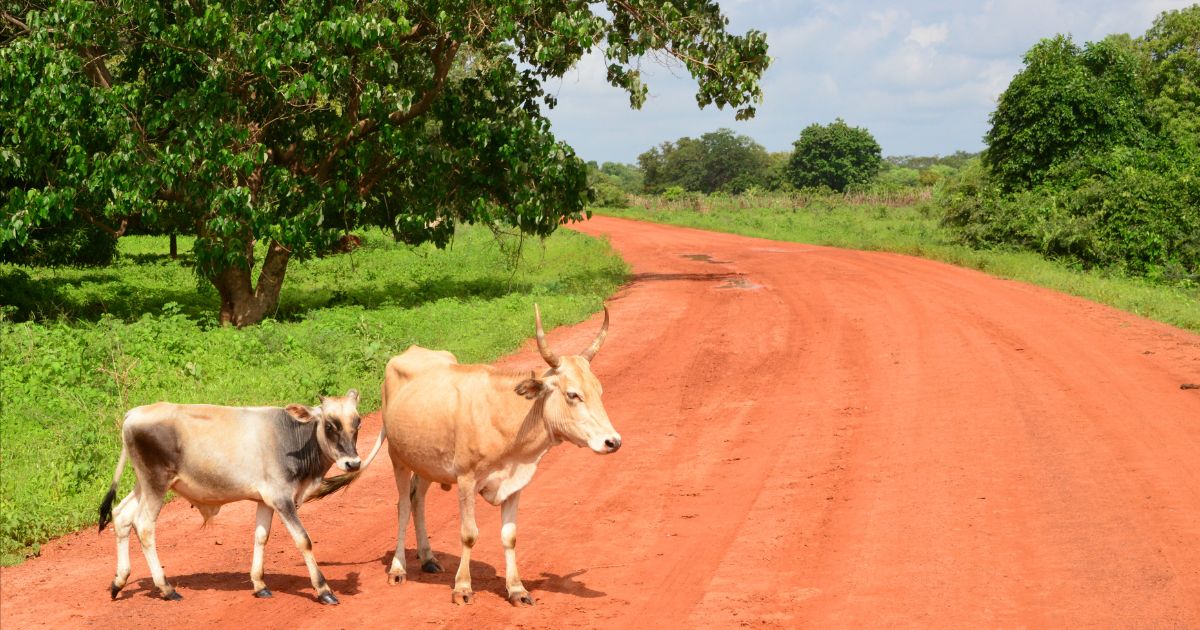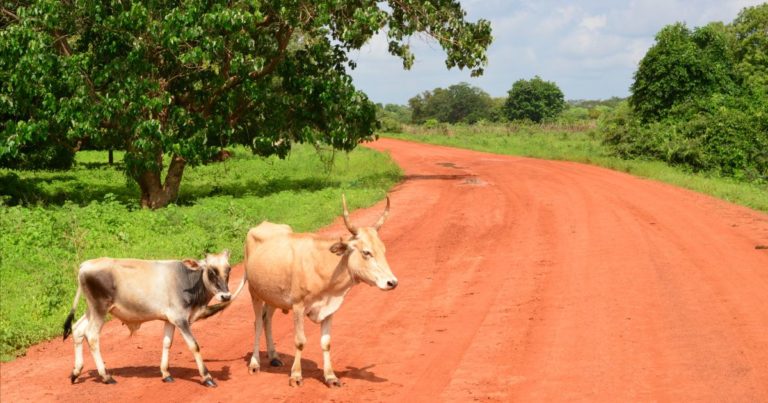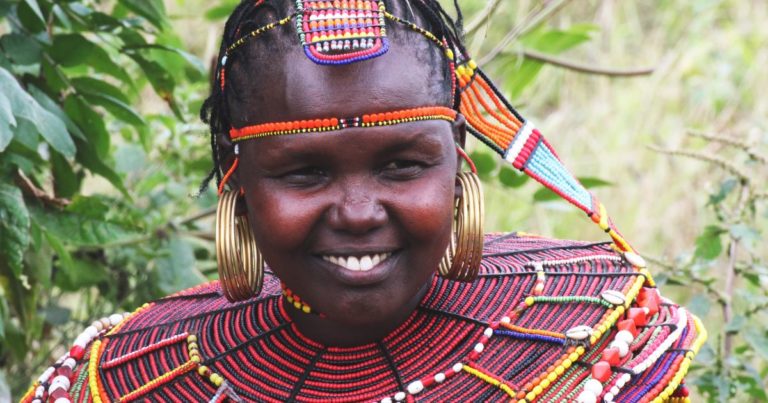Indigenous Languages in the SADC: The Importance of Linguistic Diversity
The Southern African Development Community (SADC) is a diverse region comprising 16 countries with a rich cultural heritage. One important aspect of this heritage is the linguistic diversity found across the region. From Bantu languages like Zulu and Shona to less widely spoken languages like Khoekhoe and San, the SADC is home to a wide range of indigenous languages that are crucial to preserving cultural heritage and promoting social cohesion.
Table of Contents
Preserving Cultural Heritage
Indigenous languages are often closely tied to cultural practices, beliefs, and histories. They can provide insight into the ways in which people have lived and interacted with their environments over time and can be an important tool for preserving cultural heritage. Unfortunately, many indigenous languages in the SADC are at risk of being lost. This is due in part to the fact that many of these languages are not widely spoken, and may not have the same status or recognition as dominant languages like English or French.
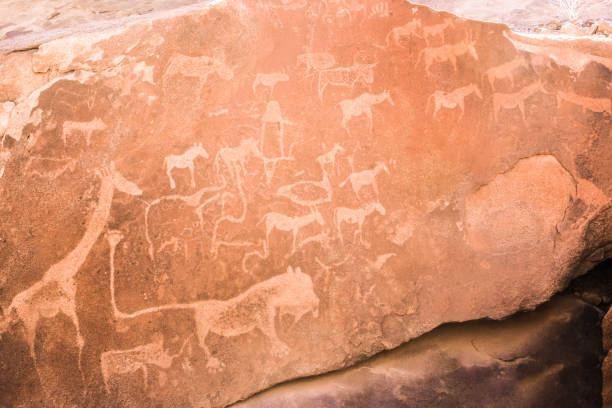
For example, the Khoekhoe and San languages, spoken by some of the indigenous groups in Southern Africa, are currently endangered. If these languages were to disappear, valuable knowledge about traditional practices, cultural beliefs, and local histories could be lost forever. By preserving these languages, we can ensure that future generations have access to this important information and can continue to learn from and appreciate their cultural heritage.
Promoting Social Cohesion
In addition to preserving cultural heritage, linguistic diversity can also be a powerful tool for promoting social cohesion within communities. Language can be a way of connecting people and building relationships, even across cultural and ethnic boundaries. This is particularly important in a region like the SADC, which is home to many different ethnic groups and cultures.

For example, in Zimbabwe, the Shona language is spoken by around 80% of the population, making it an important unifying factor for the country. The use of Shona in government, education, and other domains helps to create a shared sense of identity and belonging among Zimbabweans, regardless of their ethnic background.
Overcoming Challenges to Preserving Linguistic Diversity
Despite the importance of linguistic diversity in the SADC, many indigenous languages are currently facing a range of challenges. For example, language preservation efforts may be hindered by a lack of resources or infrastructure, or by the influence of dominant languages in the region.
One solution to these challenges is to support community-based language revitalization programs. These programs can involve working with elders and other community members to document and preserve traditional practices and knowledge, as well as providing language instruction to younger generations. In addition, policies that support multilingual education and the use of indigenous languages in government and public life can help to promote linguistic diversity and support language revitalization efforts.
Conclusion
Linguistic diversity is an important aspect of the cultural heritage of the SADC. By preserving indigenous languages, we can ensure that valuable knowledge about traditional practices, cultural beliefs, and local histories is not lost. In addition, promoting linguistic diversity can be a powerful tool for building social cohesion within communities and across ethnic and cultural boundaries. While there are certainly challenges to preserving linguistic diversity in the SADC, there are also many opportunities for community-based language revitalization and policy changes that can help to support and promote the use of indigenous languages.


